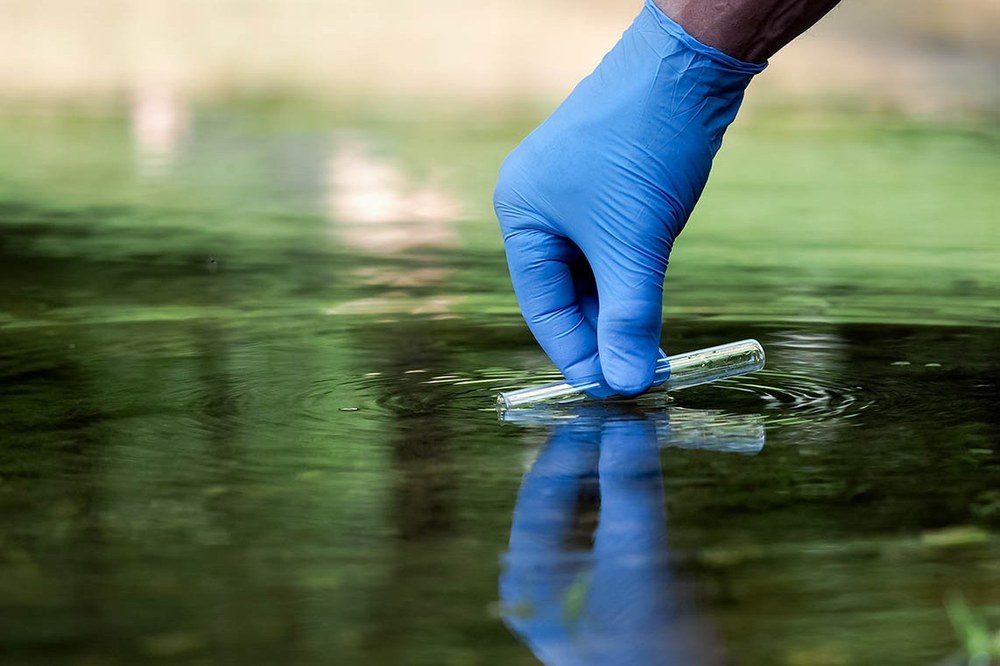Citizen scientists help researchers gauge Susquehanna water quality

Image credit: BigStock
Problem
Without regulations to control the persistence of chemicals and metabolites in surface water or the ability of wastewater treatment plants to remove them, how can these contaminants of emerging concern be reduced?
Pharmaceuticals, pesticides, and personal care products pose serious risks to aquatic life, such as the smallmouth bass, in Pennsylvania's Susquehanna River.
Findings
Researchers engaged everyday users of these products to participate in the scientific discovery process and identify potential courses of action by giving them test kits with instructions on how to use them. These citizen scientists were assigned a coordinate within the Susquehanna River watershed to sample surface water.
Impact
By doing this research with citizen scientists, the researchers are taking a grassroots approach to raise awareness of the potentially dangerous compounds in everyday products that can make their way to waterways. As informed consumers, participants learned how they can make a difference in water quality in their local rivers.
Related Research Area: Environmental Resilience
Research Credit
Team
- Heather Gall, Lara Fowler, Bryan Swistock, and Ray Bryant
Participating Departments
Partners
- Penn State Survey Research Center and the USDA Agricultural Research Service
Federal and State Appropriations
- USDA NIFA Hatch Multistate Project PEN04726, Accession #1020769
Online Tool
Emerging Discoveries
Citizen scientists to help researchers gauge Susquehanna water quality
Office for Research and Graduate Education
Address
217 Agricultural Administration BuildingUniversity Park, PA 16802-2600
- Email agresearch@psu.edu
- Office 814-865-3136
Office for Research and Graduate Education
Address
217 Agricultural Administration BuildingUniversity Park, PA 16802-2600
- Email agresearch@psu.edu
- Office 814-865-3136

